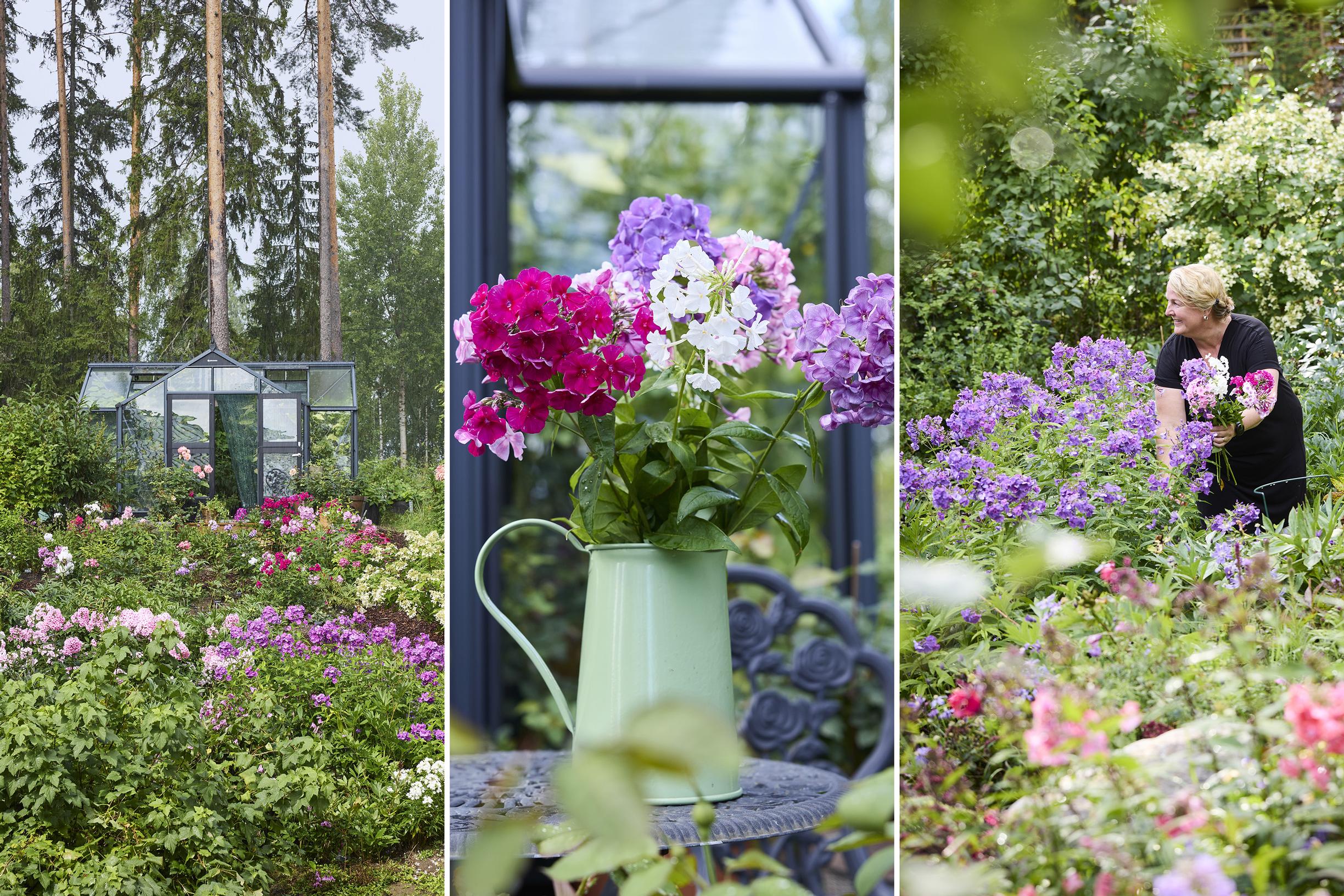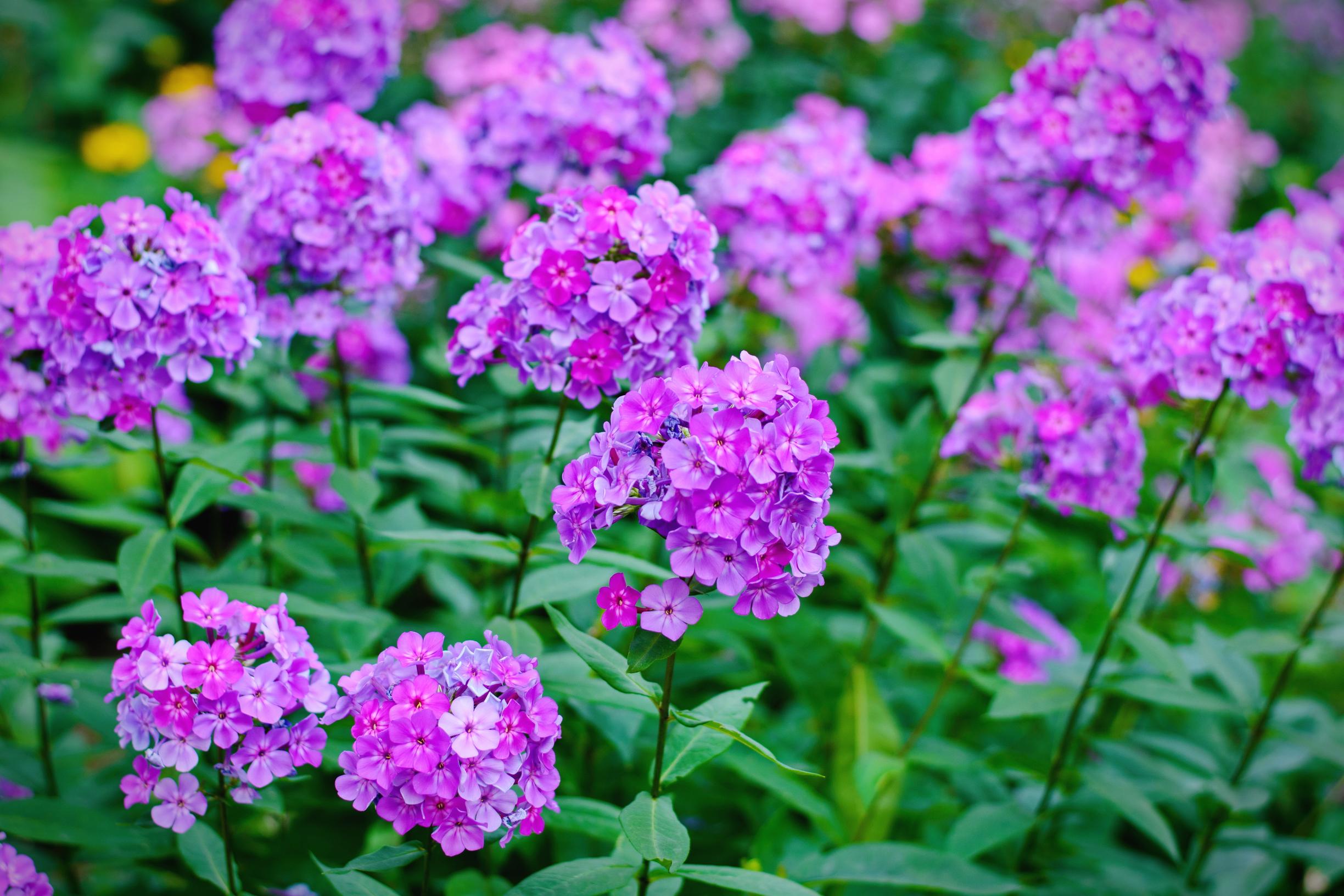
Autumn phlox: your sure-fire guide to lasting blooms
Autumn phlox brings splendid color to your flowerbed. Enjoy vibrant blooms from July to September by choosing the right spot and fertilizing properly. We’ll also show you how to avoid phlox mildew.
A good growing spot ensures autumn phlox will bloom
Autumn phlox is an easy-care perennial, as long as it has the right growing conditions.
Select a sunny or partly shaded location for your autumn phlox. A nutrient-rich clay soil or fertile garden soil is best. If your soil is very sandy, enrich it with generous compost or a mix designed for perennials before planting.
In a very sunny spot, make sure there’s a thick layer of soil to maintain consistent moisture. Surround the plant with lower-growing groundcovers so its roots won’t suffer from the heat.
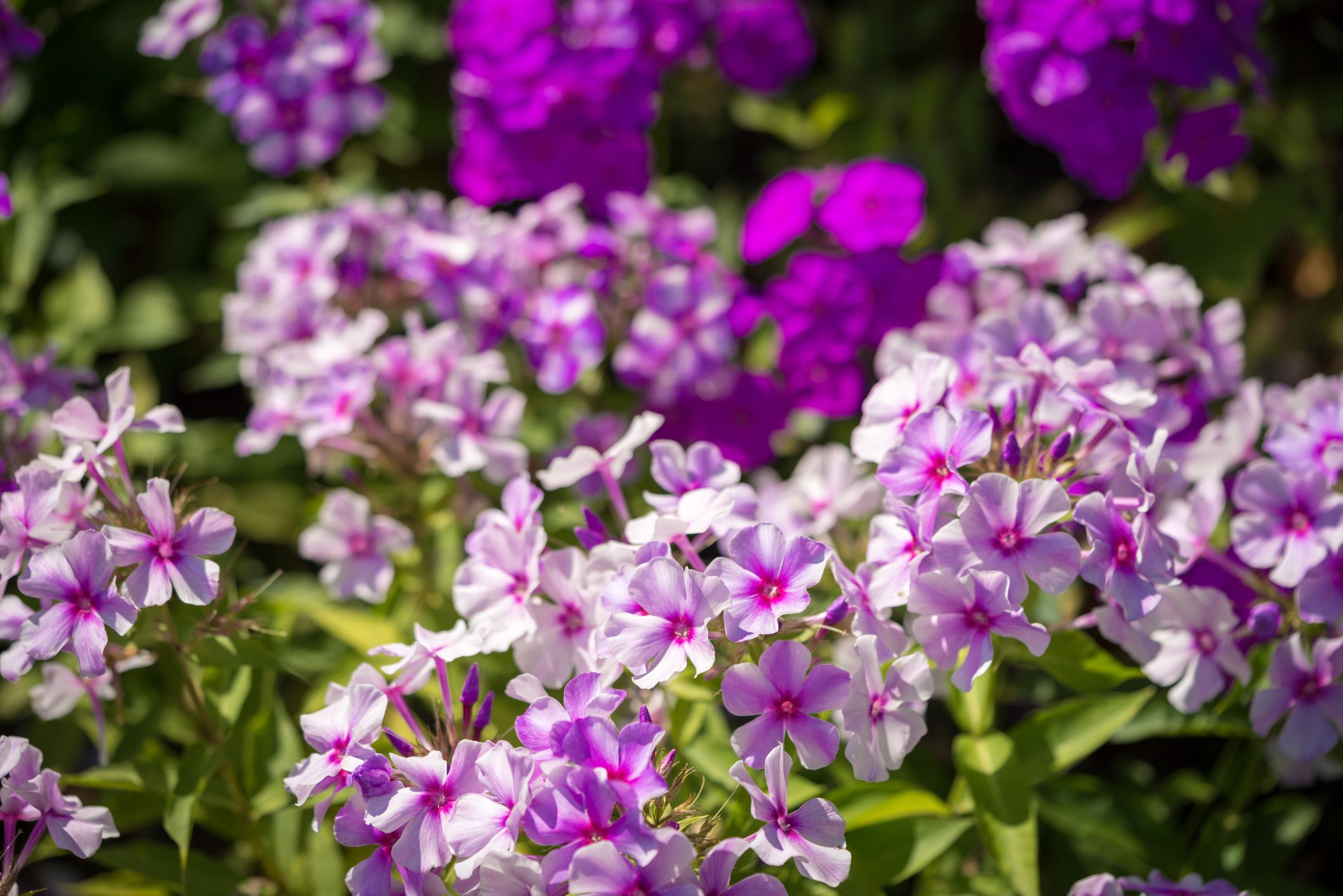
Care for your autumn phlox gently after planting
Prevent the plant from drying out. Autumn phlox thrives in nutrient-rich soil, so feed it in spring. Toward late June or early July, apply a bloom-boosting garden fertilizer.
Replant every five or six years once the center begins to thin out. If needed, divide the clump into smaller sections. Use a sharp knife to separate the rootstocks carefully, making sure each portion has several buds. Spring is ideal for replanting. Space them 35–40 centimeters apart (14–16 inches).
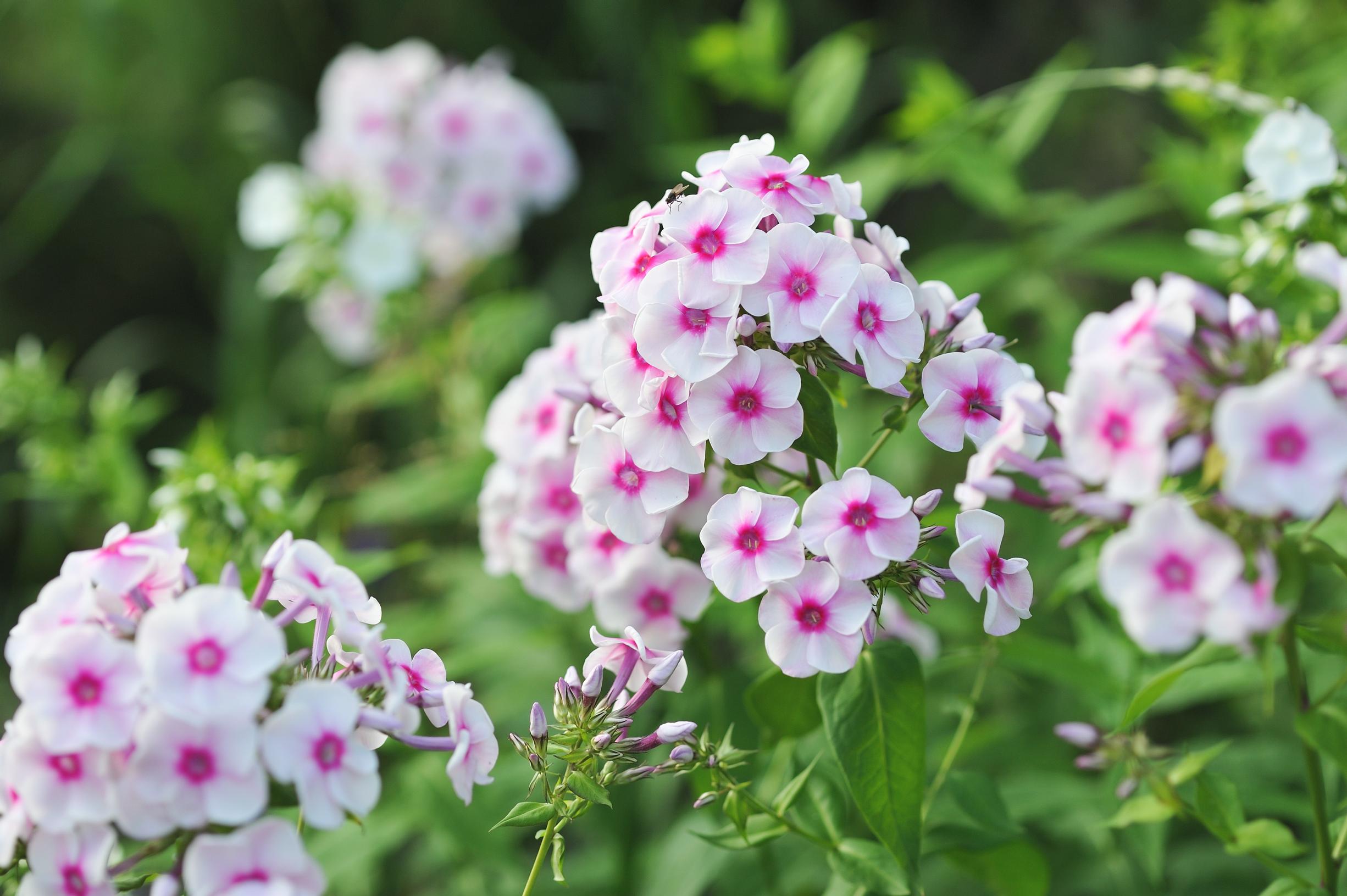
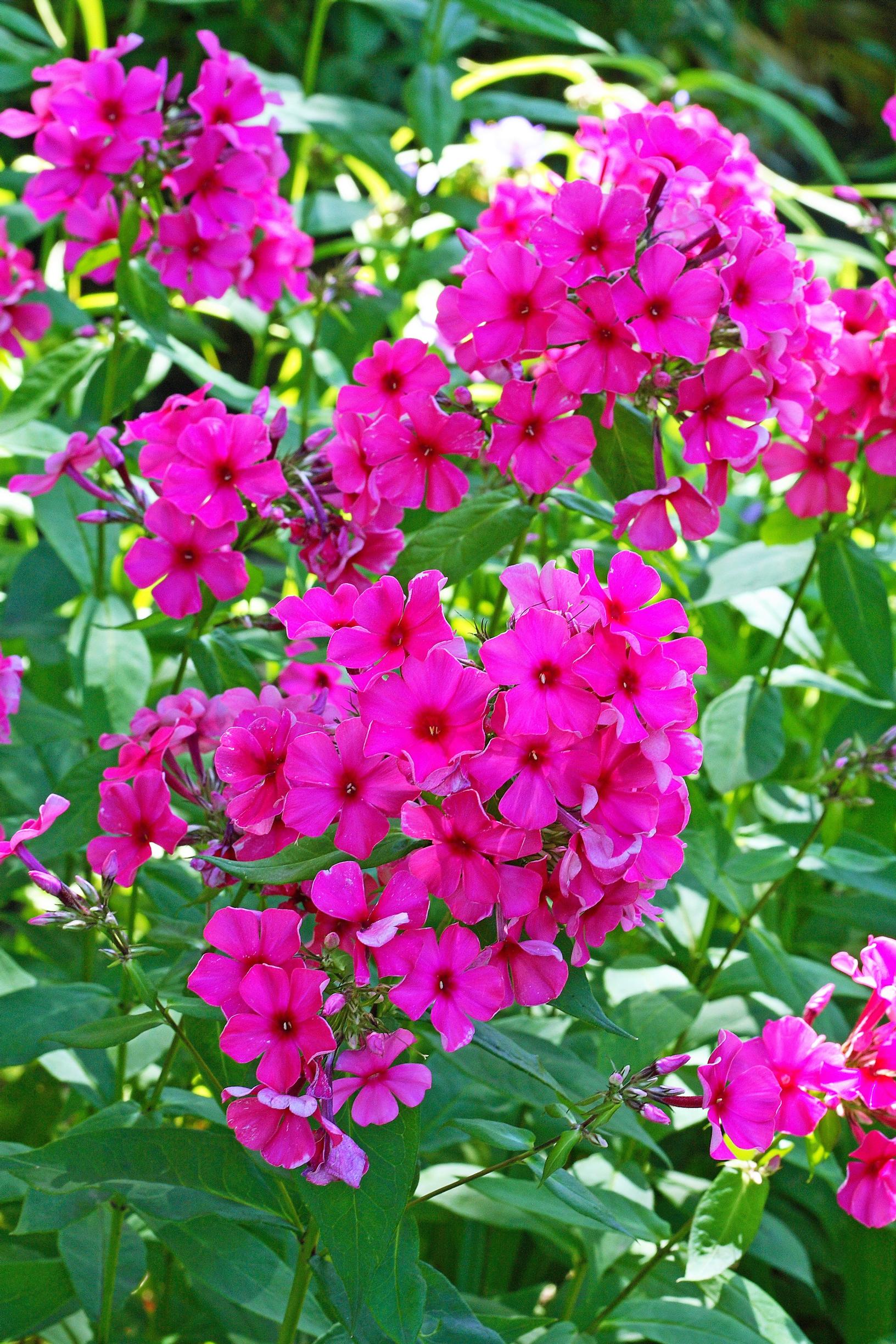
Preventing phlox mildew
Phlox mildew can become a problem for autumn phlox in unfavorable conditions. Large temperature swings between day and night encourage its development. That’s why selecting the right spot is so important. Ideally, plant in partial shade to protect it from intense heat and drying out.
Learn more about mildew in this article: Powdery mildew is a common late-summer nuisance in the garden—fortunately, there are many ways to control it
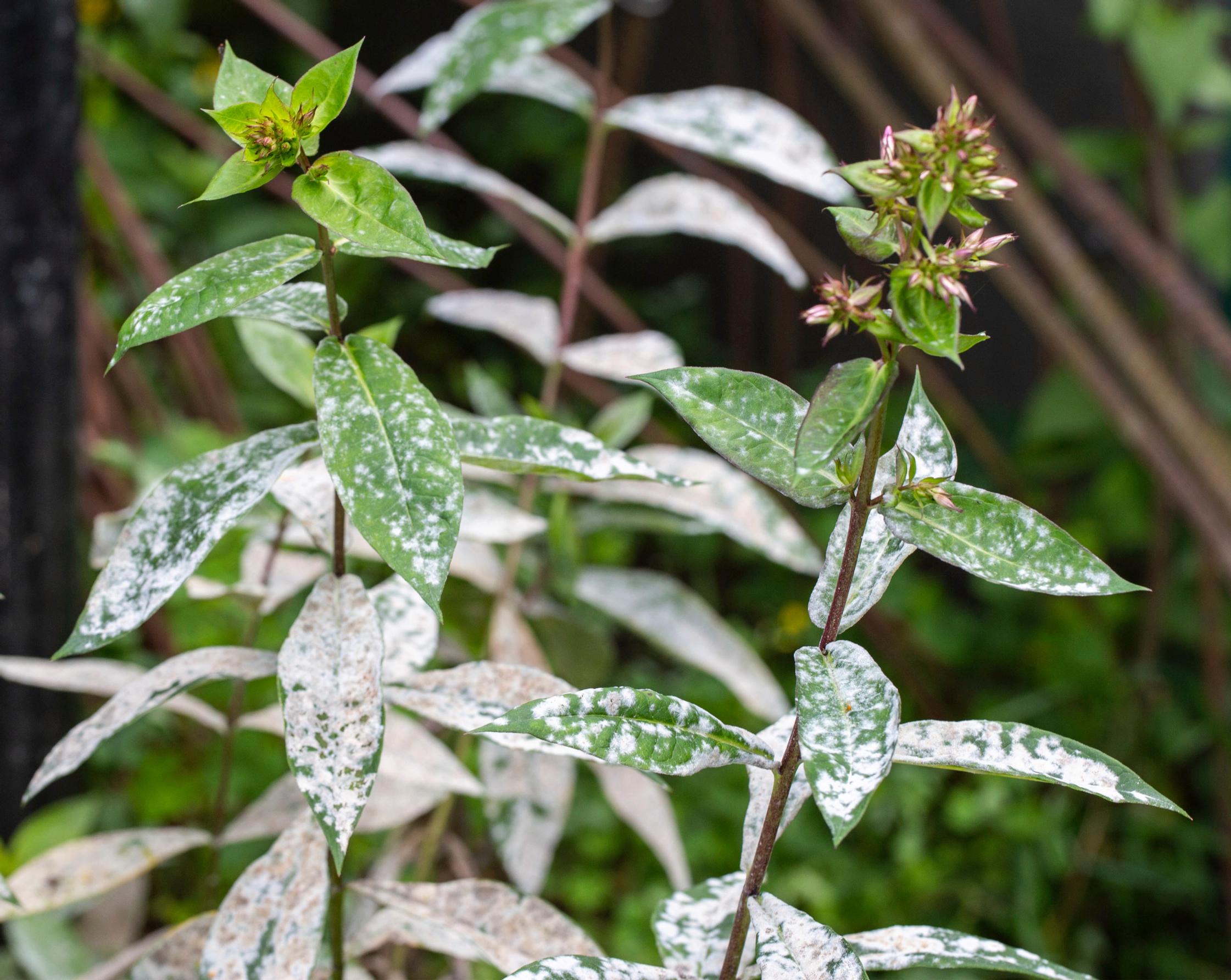
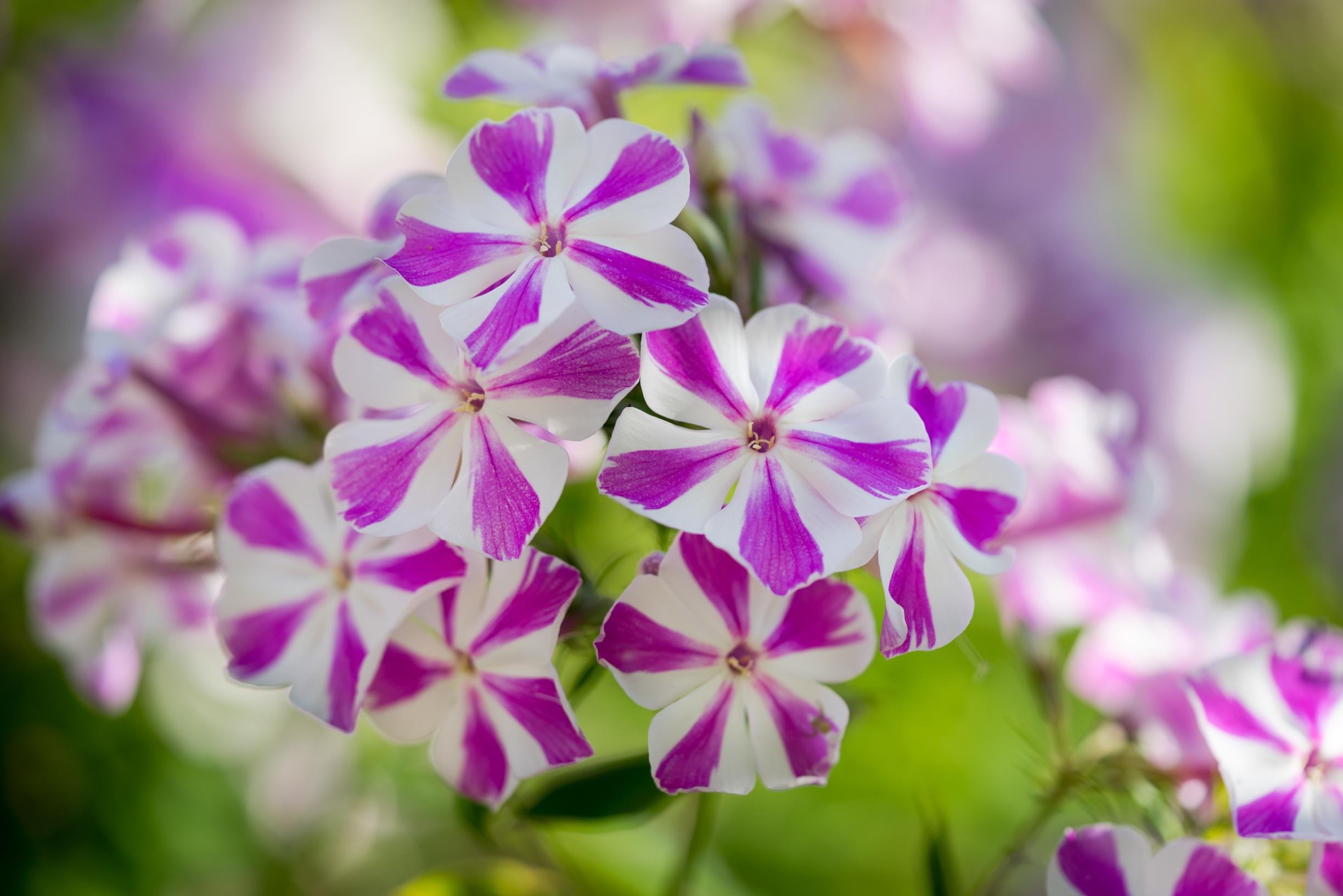
Find more phlox tips in this article: In Leena’s yard, 125 different phlox varieties bloom—she shares how to avoid mildew and why phlox go well with peonies
